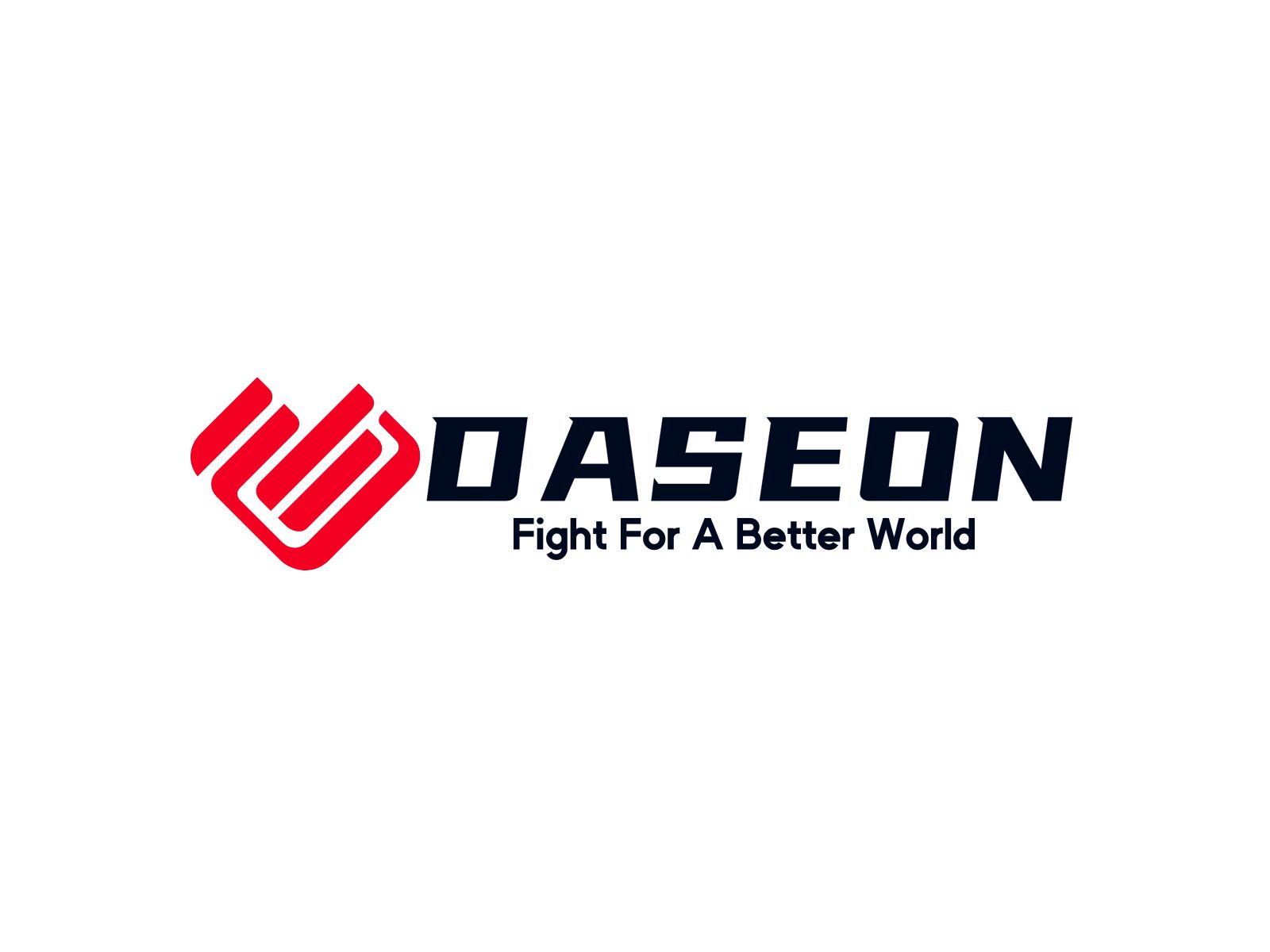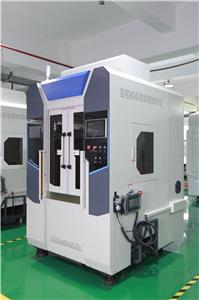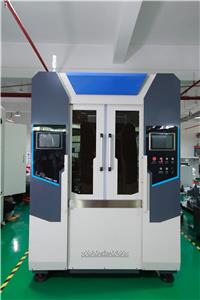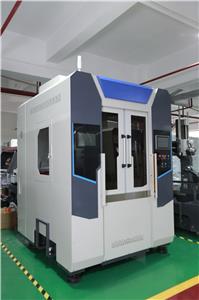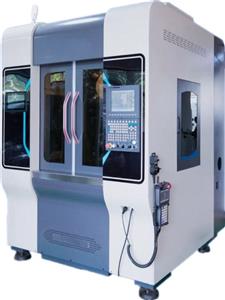- Home
- >
- News
- >
- die casting manufacturing
- >
- Analysis of the development status of China's die-casting industry and forecast of market development prospects
Analysis of the development status of China's die-casting industry and forecast of market development prospects
Basic situation of the industry
Die casting, also known as pressure casting, refers to a casting method in which a molten alloy is filled in a mold cavity under high pressure and high speed conditions and cooled under high pressure. It is the most widely used and fastest growing metal hot forming process in the casting process. One of the methods. From the perspective of production, die-casting parts are mainly aluminum alloy die-casting parts. Aluminum alloy is widely used in automotive, electromechanical, electronic appliances, machinery and other accessories because of its light weight, strong wear resistance, high mechanical strength, good heat transfer and electrical conductivity, and high temperature resistance. As an advanced non-ferrous alloy precision parts forming technology, aluminum die-casting adapts to the requirements of complex, precise, lightweight, energy-saving and environmentally friendly products in modern manufacturing, and the application fields are constantly expanding. With the continuous improvement of the level of die-casting equipment and process technology, the application range of aluminum die-casting products will continue to expand on the existing basis.
Aluminum die-casting products are mainly used in automotive, machinery, electronics, lighting and other fields. Among them, automotive parts are the most important application areas for aluminum die-casting, accounting for about 70% of all aluminum die-casting consumption.
Overview of the development of the global die casting industry
Die-casting is a high-efficiency metal forming process. In 1904, HHFranklin Company of the United States first used the die-casting process to produce the connecting rod support frame on the automobile, which created a precedent for the application of die-casting parts in the automotive industry, and became an important turning point in the history of die-casting development. Gradually become the largest application industry for die castings. From the middle to the end of the 20th century, die-casting technology has undergone continuous reform, evolution and innovation, showing a momentum of rapid growth. Since the 1970s, the industrialized countries in the world have put forward strict requirements on the quality of automobiles in the context of energy saving and low carbonization. The manufacture of automotive parts from aluminum alloys has become a strategic direction for automobile lightweighting. Affected by this, the aluminum die-casting industry in the world has shown a rapid development trend, and the dependence between the die-casting industry and the automobile industry is closer. In recent years, with the development of the global economy, the demand for precision die-casting parts in many fields such as automobiles, electromechanical, communication infrastructure equipment, household appliances, and medical equipment has steadily increased, especially the use of automotive aluminum die-cast parts has increased significantly.
At present, the world's major aluminum die-casting companies include Alcast, Alcoa Howmet Casting, Boda Aluminum, Los Angeles Foundry, Rio Tinto Alcan, and Rochester Aluminum Smelting Canada. The number of die-casting enterprises in developed countries is small, but the scale of individual enterprises is relatively large and the degree of specialization is high. They have strong advantages in terms of capital, technology and customer resources.
Development of China's Die Casting Industry
The new China die-casting industry was born in the 1950s. During the “First Five-Year Plan” period, a small number of die-casting equipment was introduced from Democratic Germany and Czechoslovakia to establish a new Chinese die-casting industry. With the continuous development of China's national economy, the die-casting market has continued to expand, and some important industrial fields have adopted more and more non-ferrous alloy die-casting parts.
In the 1970s and 1980s, the die-casting industry had a great development on the basis of the previous period. Many large-scale enterprises have established a certain scale of die-casting workshops, successively in Shanghai, Beijing, Chongqing, Shenyang, Dalian, Qingdao, etc. Zhongcheng City has established a professional die casting factory.
In the 1990s, with the gradual deepening of reform and opening up, China's die-casting industry entered a period of rapid development. As one of the important metal forming technologies, die-casting has penetrated into various industrial fields. At that time, China's die-casting parts manufacturers have spread all over the country. In 1991, the national production of die-casting parts reached 16.5 tons, and continued to grow for 10 consecutive years. By 2000, the output reached 496,600 tons, with a compound annual growth rate of 13.07%.
The largest downstream market and development support in the aluminum die-casting industry is the automotive industry. Therefore, the development of the automotive industry has a decisive impact on the aluminum die-casting market. The development of the automotive industry is as follows:
Overview of the global automotive industry development
In the past ten years, the global automobile industry has maintained a steady development trend. From 2001 to 2015, the annual global automobile production increased from 56.3 million to 90.68 million, with a compound annual growth rate of 3.46%. The global automobile production from 2001 to 2015 is as follows:
Overview of the development of China's automobile industry
The automobile industry has a long industrial chain and a wide coverage. It has a large number of upstream and downstream related industries and plays a very important role in China's economic construction. Since 2000, China's auto market has shown rapid growth. From 2001 to 2010, China's auto production and sales annual growth rate reached 22.80% and 22.55%, respectively. Especially since 2009, China has become the world's largest auto production and sales country. Keep it up to now. From 2011 to 2016, the compound growth rate of production and sales declined somewhat. By 2016, China's automobile production and sales reached 28.12 million and 28.03 million respectively, up 14.46% and 13.65% year-on-year respectively, an increase of 11.21 percentage points over the previous year. 8.97 percentage points.
China's market share in the global automotive industry has increased from 3.5% in 2000 to 28% in 2015, making it a veritable auto country. As China's auto industry continues to develop rapidly, its importance in the national economy is also increasing, becoming one of the leading industries that support and drive the sustained and rapid growth of the Chinese economy. In recent years, China's automobile production and sales situation is as follows:
The vigorous development of China's automobile industry has also greatly promoted the development of upstream and downstream related industries. According to the analysis of the National Information Center, the employment ratio of the automobile industry (including parts and components enterprises) and related industries is 1:7. From the perspective of the automobile industry chain, the automotive industry involves many industries and can drive the development of more than 100 industries. The Development Research Center of the State Council analyzed the input-output flow table of 62 departments in China in 2005. The results show that for every 1 yuan increase in the automobile manufacturing industry, the upstream and downstream related industries can increase the value of 2.64 yuan. In 2013, China's automobile industry's comprehensive contribution to the national economy was more than 5%. With the continuous development of the scale and product technology of the automobile industry and the continuous improvement of the automobile industry chain, the pulling effect of the automobile industry on the upstream and downstream related industries will be more significant.
